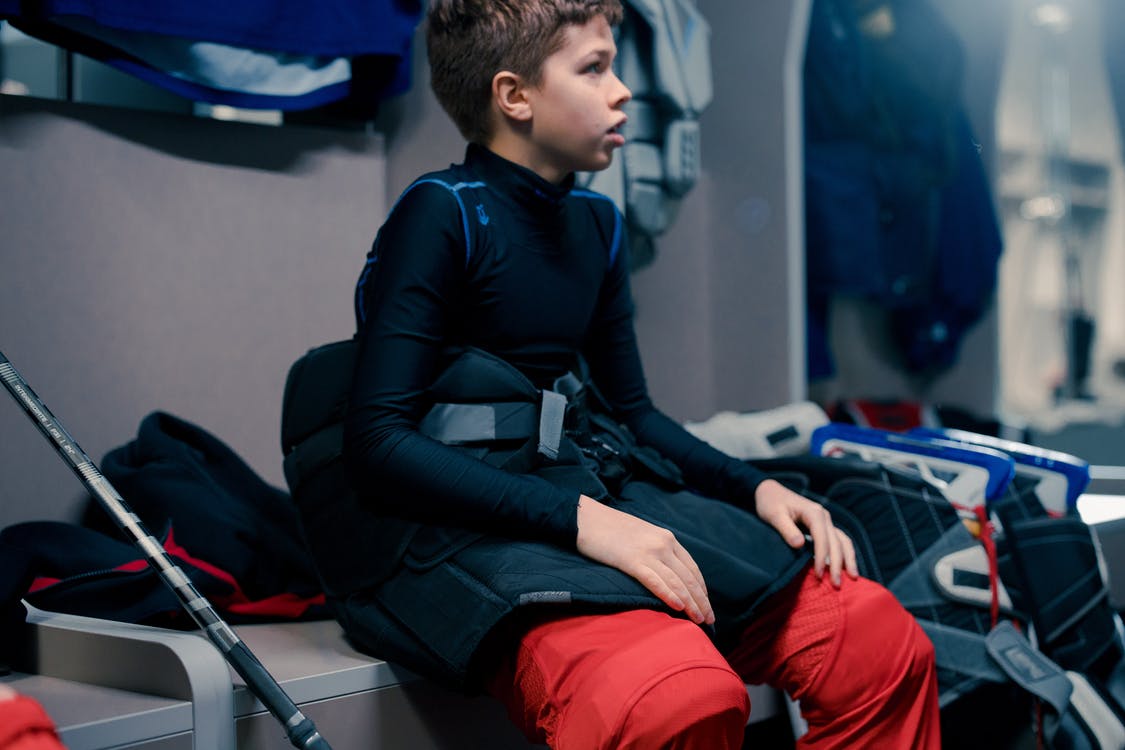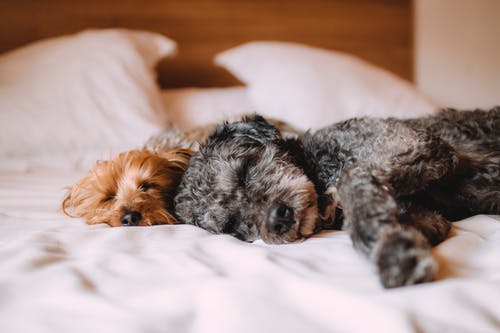
What Safety Gear Is Necessary to Play HockeyWhat Safety Gear Is Necessary to Play Hockey
Many people believe that hockey is dangerous, yet statistics indicate that hockey is relatively safe when played correctly. Hockey players should use a variety of safety equipment. Shin guards, goggles, mouth guards, headgear, pants, shoulder pads, and chest protectors are all required. Gloves can be used to increase grip and guard the hands. Whether an athlete is an amateur or a seasoned pro, we have a checklist of protective equipment required to minimize and prevent injuries.
Essential Items Needed to Play Hockey
Sports equipment is the clothing, accessories, and equipment needed to play the game safely. Every sport has the risk of harm. Some sports have a significant danger of injury, which necessitates added equipment. Other sports, such as tennis, may be played with little equipment because the risk of injury is low.
However, if you want the full hockey experience, you will need to have the appropriate safety equipment. Some of the gear is created to protect your physical extremities. Other equipment ensures that you can effectively perform all of the sport’s tactics needed for the game. You can search online for companies like Hockey Shot and learn about the essential items needed to play hockey.
Hockey Sticks
Inquire about some beginner’s hockey sticks for youngsters who are just starting. After the kid has shown a degree of skill and passion in the game, invest in more high-end hockey sticks. Experienced players should utilize quality professional hockey sticks if they want to compete well against their rivals. If their opponents are not using premium hockey sticks, players can boost their game and increase their chances of winning.
Gloves, Shin, and Mouth Guards
Every player must utilize each of these safety gear to prevent an accident while playing the game. The legs and shins are the parts of the body that another player’s hockey stick can accidentally strike. Players should wear shin guards to prevent breaking bones from being hit by another player’s hockey stick.
The mouth guard prevents players from being smacked by the puck. A player’s teeth may break if they are hit in the face without a mouthguard. Because the players run around with the stick in their hands, the hands have the most impact. If players wear gloves when playing hockey, they will not get blisters on their hands.
Helmet
Headgears protect players’ and goalies’ heads while playing. In addition to fitting comfortably, you must be able to see the ball on the field when using a helmet. You should also ensure that the safety helmet’s cage is wholly protected.
Shoulder Pads and Chest Protectors
Collisions with opposing players or a flying puck can cause damage to the ribs, solar plexus, spine, and shoulders. For that reason, hockey players wear shoulder pads and chest protectors. If you are interested in purchasing a variety of hockey equipment, you can browse hockey training aids on the internet.
Hockey Pants
Hockey pants are designed to protect players by absorbing most of the impact if the player is injured. A well-fitted girdle or pair of hockey pants secures the player’s lower body from direct hits from slashes, pucks, crashes, and falls.
Final Thoughts
For optimal protection, choosing safety equipment that fits appropriately is essential. With the right gear, training, and consideration for game policies and regulations, hockey players can safely enjoy the thrill of one of the world’s favorite sports.


